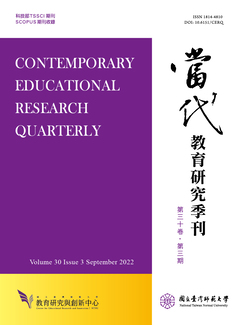

Most of the previous developmental studies on children's learning of Chinese characters focus on age difference in their awareness of the functions of components in providing a clue to the meanings of characters. The present study takes a step further to investigate children's awareness of the orthographic structures of characters and the implications of their development. This study used pseudo-characters formed by different combinations of components. There was the same component located in different positions in the orthographic structures of these pseudo-characters. 425 children in Grade 1 to 4 from 3 primary schools in Hong Kong were invited to a test to analyze these pseudo-characters. The results show that these junior children did not fully understand that a component only provides a clue to the meaning of a character when it is located in a certain position in the specific orthographic structure of the character and that the orthographic structure cannot be interpreted arbitrarily. Meanwhile, this study also found that children's awareness of the orthographic structures, regarding the function of components in providing a clue to the meanings, improved across grade levels. A developmental progression was observed with statistical significance. The awareness of the orthographic structures of characters is essential for children to fully make sense of how these characters are structured to denote their meanings and therefore, further investigation is worth more attention.

This work is licensed under a Creative Commons Attribution-NonCommercial 3.0 Taiwan License.
Center for Educational Research and Innovation, National Tawain Normal University
162, Ho-Ping East Rd, Sec. 1, Taipei, Taiwan | Tel:+886-2-7749-3670 | E-mail: cerecerq@gmail.com
CERI | NTNU | E-mail Alerts | Open Journal System
© 2014 CERI-NTNU
